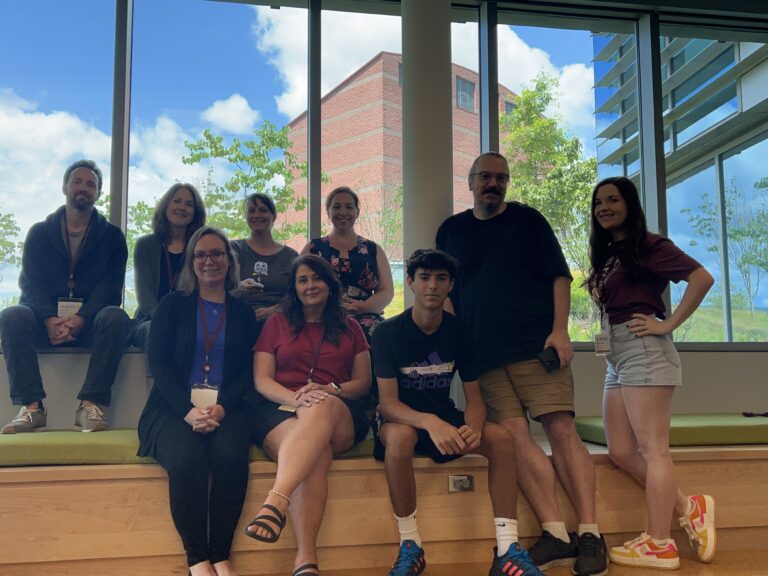Do you like them or not? Those cameras that take your picture if you happen to run a red light at a designated intersection.
If you've ever received a "camera citation" in the mail (and the hefty fine that goes with it), chances are you're not a fan. Then there are those who like the idea of extra eyes keeping motorists in check. Either way, the red light cameras are here to stay.
Or not. All depends on where you live.
The city of San Diego has decided to keep its red light program in place citing a decrease in the amount of accidents at the intersections controlled by red-light cameras.
Going the way of San Diego, red-light-camera intersections in San Francisco are still alive and clicking. Have been since 1994. But some Orange County cities have already pulled the plug on the cameras and the city of Orange and Westminster are considering doing the same.
Last month, the Los Angeles City Council voted unanimously to end the city's red-light-camera program. The reason? For one, officials couldn't get people to cooperate.
Only 60 percent of the 180,000 Angelenos ticketed actually paid their fines. Turns out the way the city had written the law governing red-light cameras made any compliance voluntary. Imagine getting a citation and having the choice to pay the fine, or put the money toward your kid's college tuition. Intersection-camera tickets are anything but cheap, and LA was putting more than $1 million a year into the program just to keep it afloat.
U.S. & World
In addition, a study done by the city of Los Angeles showed that its cameras were set up at intersections that were most likely to generate revenue -- a real contradiction to the argument that it's all about safety.
Proponents of the programs cite safety concerns from one of the most deadly type of crashes, the "right-angle" collision. They believe the cameras are an effective tool in reducing the amount of accidents at a given intersection. That's true in many cases.
But in at least two of San Diego's 13 camera locations, rear-end collisions are on the up. The reason for that is simple. Drivers notice they're entering a camera-controlled intersection and, wanting to take every precaution to avoid a very expensive ticket, slam on their brakes. That leaves the car behind them in a compromised position. A split-second decision from someone who wants to avoid a traffic fine of almost $500, gets an ugly greeting from another motorist who didn't get the memo.
In San Diego if you get a ticket for running a red light, the minimum fine is $480. That's some serious scratch. How much does the city get out of such a large fine?
Exactly $152. One third of that goes to American Traffic Solutions. That's the Arizona-based company that supplies the cameras. The courts get the rest of the money. So how much money did the city of San Diego make last year after the dust settled? $264,000.
As long as there are red-light cameras, there will be controversy. Do they make intersections safer or are they just "revenue generators"? It all depends upon which side of the argument you're on.
Economic times are tough and for some a fine of nearly $500 is almost impossible. So what can you do? If you have the time, try going to traffic court and asking to see a judge. Hopefully he or she will reduce the amount of your fine. Judges can do it. Just be sure to ask.



